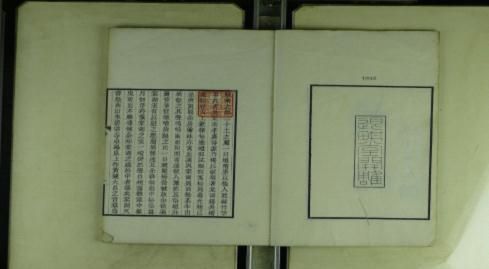Tianjin Ancient Books Publishing House has published the first systematic compilation, proofreading, and translation of the first Xun music score "Tanghu Xun Score Translation Annotations"
The 2022 Chinese National Music Inheritance and Publishing Project boutique publishing project "Translation and Annotation of Tanghu Xunpu" was recently published by Tianjin Ancient Books Publishing House. This is the first systematic compilation and proofreading of China's first Xunpu "Tanghu Xunpu".

Xun is a unique closed mouthed wind instrument in China, and a single hole oval shaped pottery Xun was unearthed at the Hemudu site; During the Shang Dynasty, the Five Hole Xun appeared; Six hole Xun appeared in the Spring and Autumn Period and the Warring States period. Since then, as one of the eight tones, Xun has become an indispensable role in court music. Because Xun music did not spread widely, it was not until Wu Xunyuan in the late Qing Dynasty that he wrote the first Xun music score, Tanghu Xun Music Score, in History of China, which established norms for the Xun music score of later generations and facilitated performance.
The "Tanghu Xun Pu" traces the history of the ancient Xun of the Six Confucius, discusses the form and performance methods of Huang Zhongxun and Da Lvxun, and provides important reference for the later reproduction of ancient Xun; We also discussed the connection and transformation between Lv and Gongchi scores, and combined them with the subtractive character score to create a unique notation method. Then, we adapted seven music scores, including "Parasitic Grass", "Lazy thrush", and "Acacia Song", which is conducive to the learning, dissemination, and research of Xun.
The "Translation and Annotation of Tanghu Xunpu" is the first systematic and comprehensive annotation and translation of the "Tanghu Xunpu", which deeply investigates the dimensions of Huang Zhongxun and Da Lvxun, laying the foundation for restoring ancient Xunpu. The translator also wrote scores for the seven original music scores in the book. This book is another masterpiece of the company after the 2021 Chinese National Music Inheritance and Publishing Project's boutique publishing project "Five Tone Qinpu Music Interpretation".
 渝公网安备 50010702504639号
渝公网安备 50010702504639号